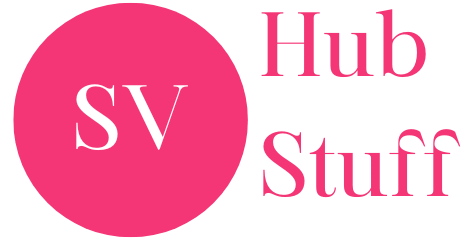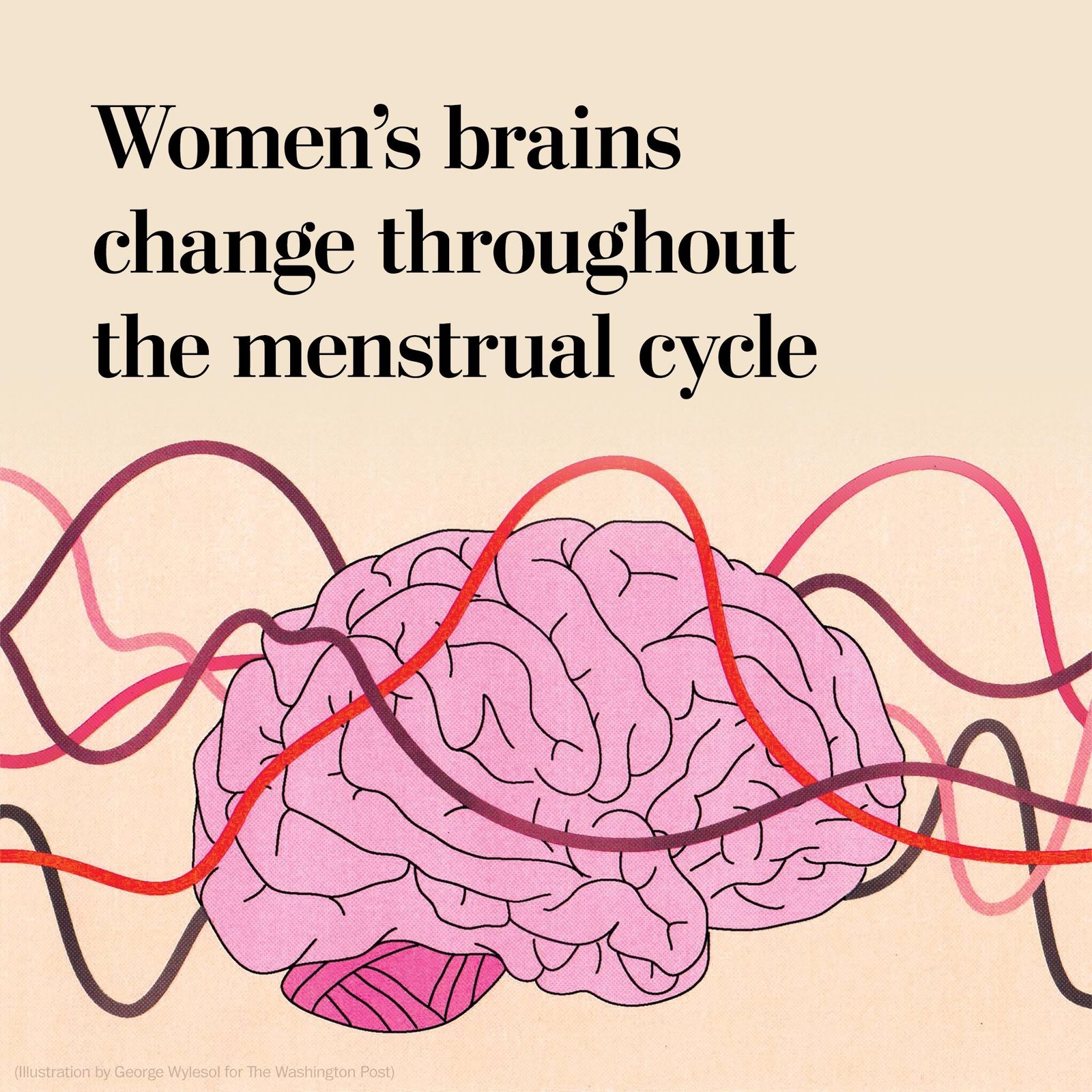Female Brain Structural Changes During Menstruation
The menstrual cycle is often viewed as a hormonal rollercoaster that affects mood, energy, and emotions. But did you know that menstruation can also cause actual structural changes in the brain?
Recent neuroscience research has revealed fascinating insights into how the female brain reorganizes itself throughout the menstrual cycle — particularly during menstruation.
 These changes, though subtle, influence everything from emotional regulation and cognitive performance to stress response and decision-making.
These changes, though subtle, influence everything from emotional regulation and cognitive performance to stress response and decision-making.
We’ll explore what happens inside the brain during menstruation, the key hormonal players involved, the areas of the brain that undergo structural changes, and how these shifts may impact mood and behavior.
Menstrual Cycle and Brain Connection
Before diving into the brain’s structural changes, it’s essential to understand how the menstrual cycle works. The average cycle lasts around 28 days, divided into four main phases:

1. Menstrual Phase (Days 1–5): Shedding of the uterine lining; low estrogen and progesterone levels.
2. Follicular Phase (Days 6–14): Rising estrogen levels; preparation for ovulation.
3. Ovulatory Phase (Around Day 14): Estrogen peaks; egg release.
4. Luteal Phase (Days 15–28): Progesterone rises and then drops if pregnancy doesn’t occur.
These hormonal fluctuations don’t just affect reproductive organs—they also directly influenced brain chemistry, structure, and function
Harmonal Fluctuations & Brain: A Complex Relationship
Hormones like estrogen, progesterxone, and testosterone act as neuromodulators in the brain.
They regulate neurotransmitters such as serotonin, dopamine, GABA, and glutamate, all of which are key to mood, memory, and cognition.

Estrogen enhances neural growth and communication, improving memory, attention, and verbal skills.
Progesterone promotes calmness by boosting GABA, a neurotransmitter that reduces anxiety.
Testosterone, though present in smaller amounts in females, supports confidence, focus, and motivation.
When these hormones fluctuate — especially during menstruation when estrogen and progesterone levels dip — the brain experiences measurable structural and functional changes.
Scientific Evidence of Brain Structural Changes During Menstruation
Recent MRI (Magnetic Resonance Imaging) and functional MRI (fMRI) studies have provided compelling evidence that women’s brains change structurally throughout the menstrual cycle. Here are some key findings:
1. Grey Matter Volume Fluctuations

A 2019 study from the University of Zurich found that grey matter volume — the region responsible for processing information — changes during different menstrual phases.
During menstruation, grey matter volume in areas like the hippocampus and amygdala slightly decreases, possibly due to lower estrogen levels.
However, these changes are temporary and reversible. Once estrogen levels rise during the follicular phase, grey matter volume increases again, suggesting a cyclical remodeling process in the brain.
2. Hippocampus Shrinkage and Growth

The hippocampus, a brain area critical for memory and emotional regulation, is highly sensitive to estrogen.
During menstruation, low estrogen may lead to a temporary reduction in hippocampal volume, which can affect short-term memory and emotional resilience.
As estrogen rises post-menstruation, the hippocampus regrows — a unique example of neuroplasticity linked to hormonal cycles.
3. Amygdala and Emotional Sensitivity
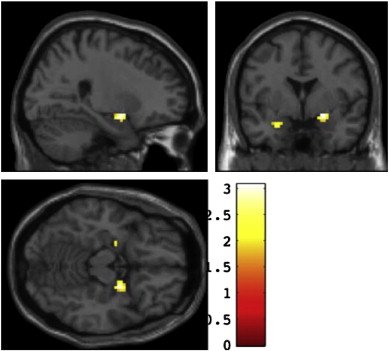
The amygdala, which controls fear and emotional processing, becomes more reactive when estrogen and progesterone levels are low. This explains why many women experience increased anxiety, irritability, or sadness during menstruation — often referred to as PMS or PMDD symptoms.
Functional MRI scans reveal that during menstruation, the amygdala communicates differently with the prefrontal cortex, which manages rational decision-making.
This altered connectivity can intensify emotional reactions and make stress feel more overwhelming.
4. Prefrontal Cortex and Cognitive Control
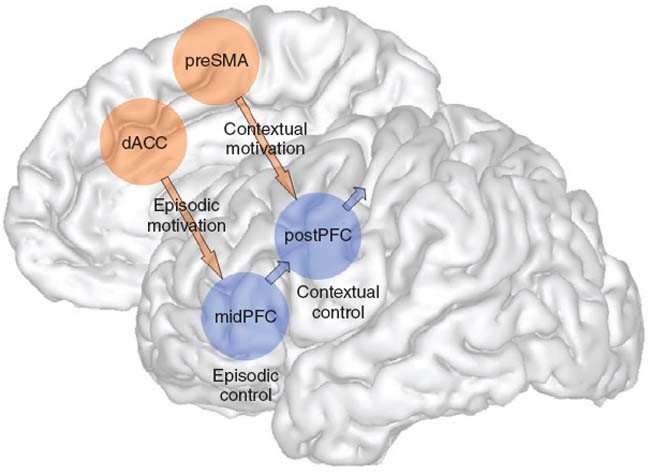
The prefrontal cortex (PFC) — responsible for planning, reasoning, and impulse control — also undergoes changes. Lower estrogen levels during menstruation can reduce activity in the PFC, leading to difficulty concentrating, brain fog, or slower cognitive responses.
Interestingly, once the follicular phase begins, PFC activation improves significantly, coinciding with higher levels of estrogen that enhance cognitive performance.
Neuroplasticity: The Brain’s Monthly Reset
What’s fascinating is that these structural changes don’t indicate damage or loss. Instead, they represent the brain’s remarkable adaptability — a kind of monthly “reset” that optimizes the brain for different physiological states.
Researchers call this neuroplasticity, meaning the brain’s ability to reorganize itself by forming new neural connections.
Hormonal fluctuations act as a signal for the brain to rewire, maintaining a dynamic balance between emotional regulation, reproductive readiness, and mental focus.
This neuroplastic process may even contribute to women’s resilience, allowing the brain to flexibly adapt to internal and external stressors.
Brain Function Changes During Menstruation
Beyond structure, menstruation also affects brain function — how different areas communicate and perform tasks.
1. Decreased Cognitive Speed
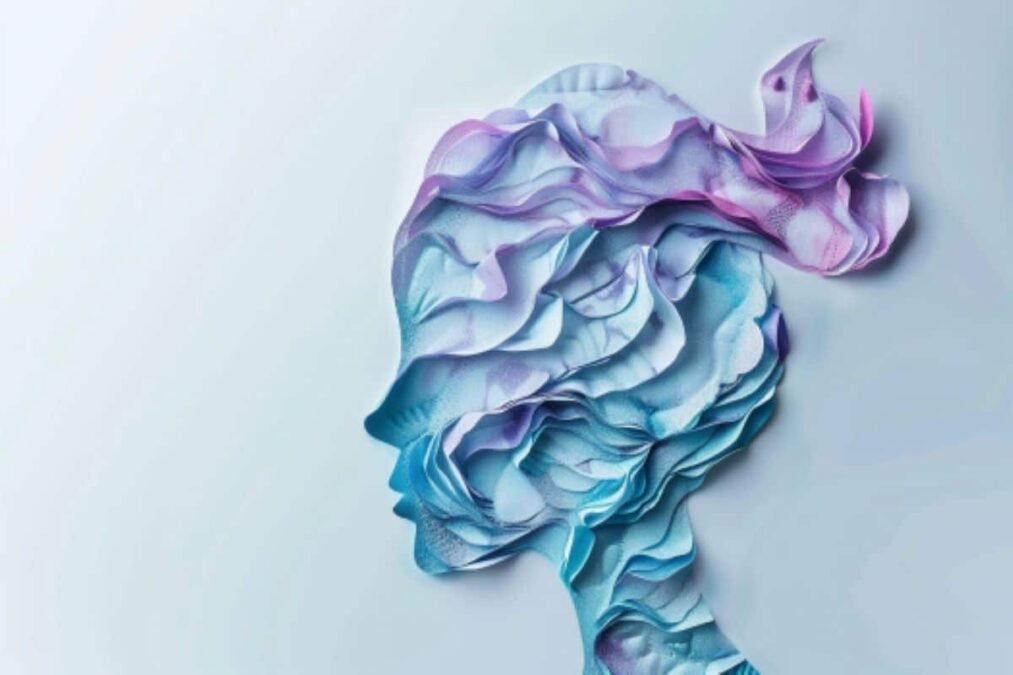
Many women report difficulty focusing or remembering details during their periods. This is due to lower dopamine and acetylcholine activity, which are influenced by estrogen levels.
2. Altered Pain Perceptions
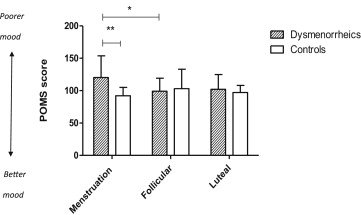
Estrogen and progesterone modulate the brain’s pain pathways. When these hormones drop, pain sensitivity increases, which may explain menstrual cramps and migraines.
3. Mood and Emotional Regulation
Low estrogen can reduce serotonin production, leading to mood swings or depressive symptoms. The limbic system, responsible for emotions, becomes hyperactive during this phase, heightening sensitivity to stress and negative feedback.
4. Sleep and Circadian Rhythm
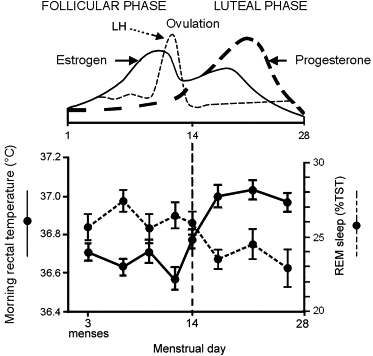
Hormonal dips can disrupt melatonin regulation, affecting sleep patterns. Poor sleep further influences cognitive function and mood stability during menstruation.
Long-Term Impact: Does the Menstrual Cycle Affect Brain Health?
Studies suggest that repeated hormonal cycling over a woman’s lifetime may actually benefit brain health by promoting ongoing neuroplasticity.
However, extreme hormonal imbalances — such as those caused by polycystic ovary syndrome (PCOS), endometriosis, or chronic stress — can disrupt this natural rhythm, potentially affecting memory and emotional regulation.
Interestingly, women who take oral contraceptives experience a more stable hormonal pattern, which might reduce cyclical brain volume changes but can also dampen some aspects of natural neuroplasticity.
How to Support Brain Health During Menstruation
While hormonal shifts are natural, there are practical ways to support optimal brain function during menstruation:
1. Eat a Brain-Healthy Diet
Include omega-3 fatty acids (from fish, walnuts, flaxseeds) to support brain cell membranes.
Eat iron-rich foods like spinach, lentils, and red meat to prevent fatigue.
Consume magnesium (in dark chocolate, almonds, and avocados) to ease mood swings and improve focus.
2. Stay Hydrated
Dehydration can worsen headaches and fatigue. Drink plenty of water and limit caffeine or alcohol, which can amplify hormonal imbalances.
3. Prioritize Sleep
Aim for 7–8 hours of quality sleep to stabilize neurotransmitter function and enhance cognitive clarity.
4. Practice Mindfulness and Stress Reduction
Meditation, deep breathing, and yoga can balance cortisol levels and reduce amygdala overactivity, improving emotional stability.
5. Moderate Exercise
Light to moderate workouts like walking or stretching improve blood circulation and boost endorphins — the brain’s natural mood lifters.
6. Avoid Overstimulation
During menstruation, sensory sensitivity increases. Minimize exposure to loud noises, bright lights, and stressful environments when possible.
Also read: Nourish The Reproductive System: 13 Natural Superfoods That Regulate Your Cycle
Key Takeaways
Menstruation doesn’t just affect the body — it also triggers structural and functional changes in the brain.
Fluctuating levels of estrogen and progesterone influence grey matter volume, neural connectivity, and emotional processing.
Brain regions like the hippocampus, amygdala, and prefrontal cortex are most affected during menstruation.
These changes are temporary and adaptive, representing the brain’s ability to reorganize in tune with hormonal cycles.
Supporting the brain with proper nutrition, rest, and stress management can enhance focus, mood, and overall well-being throughout the menstrual cycle.
